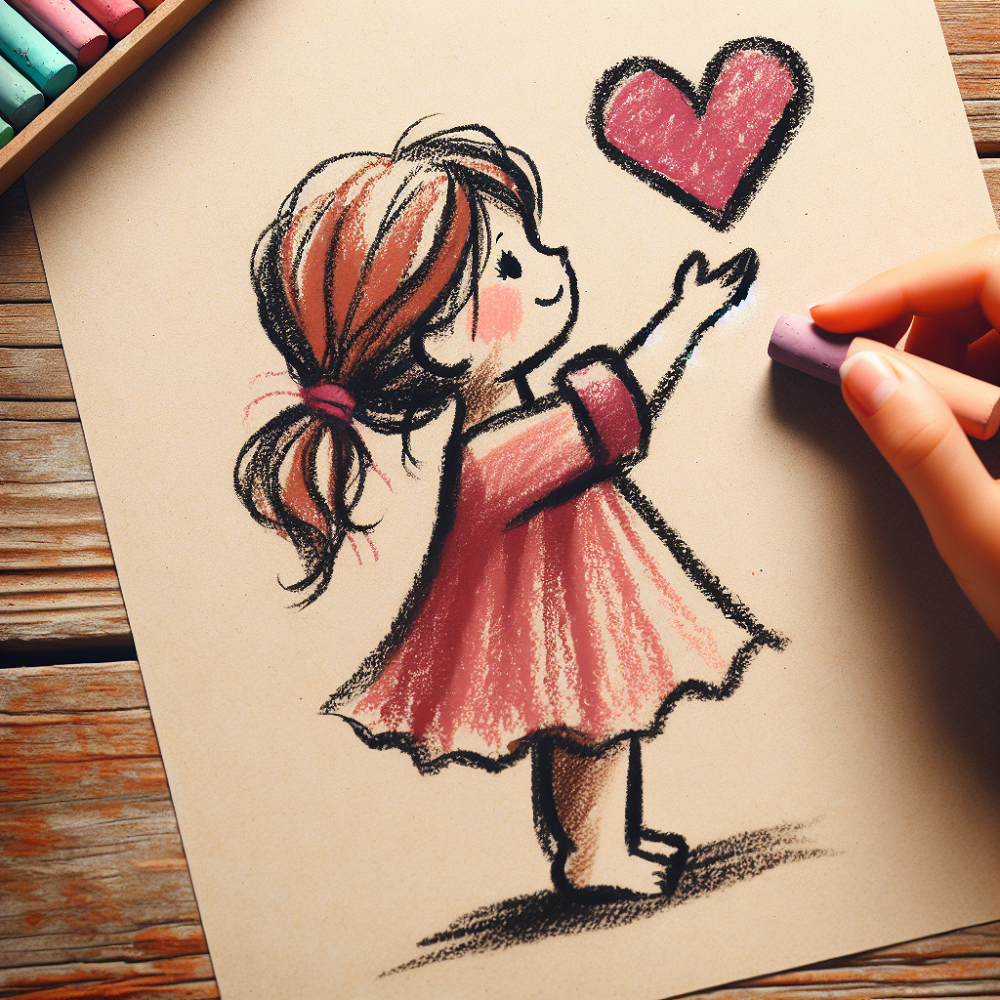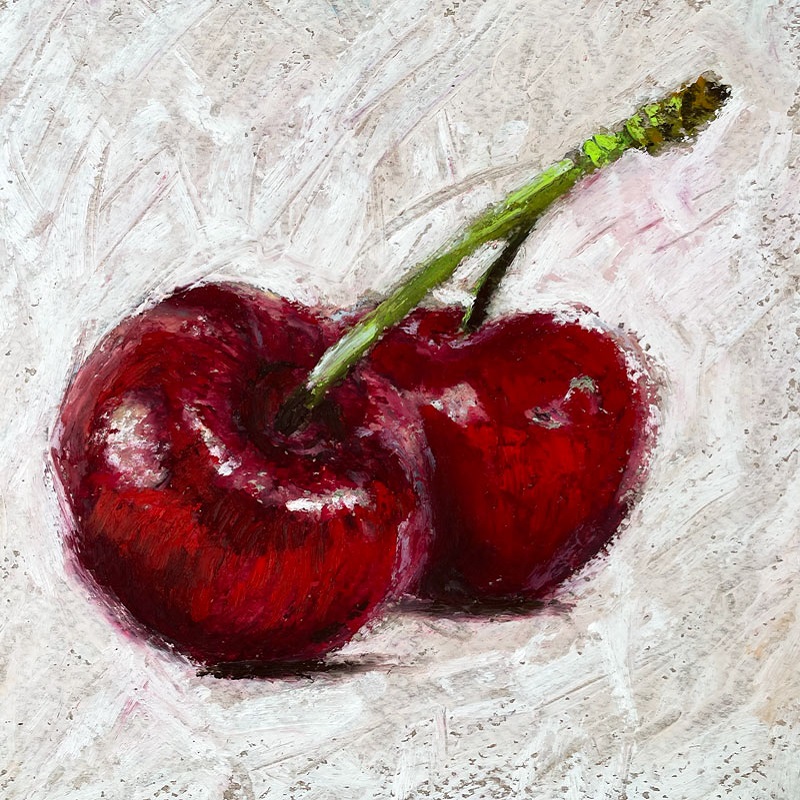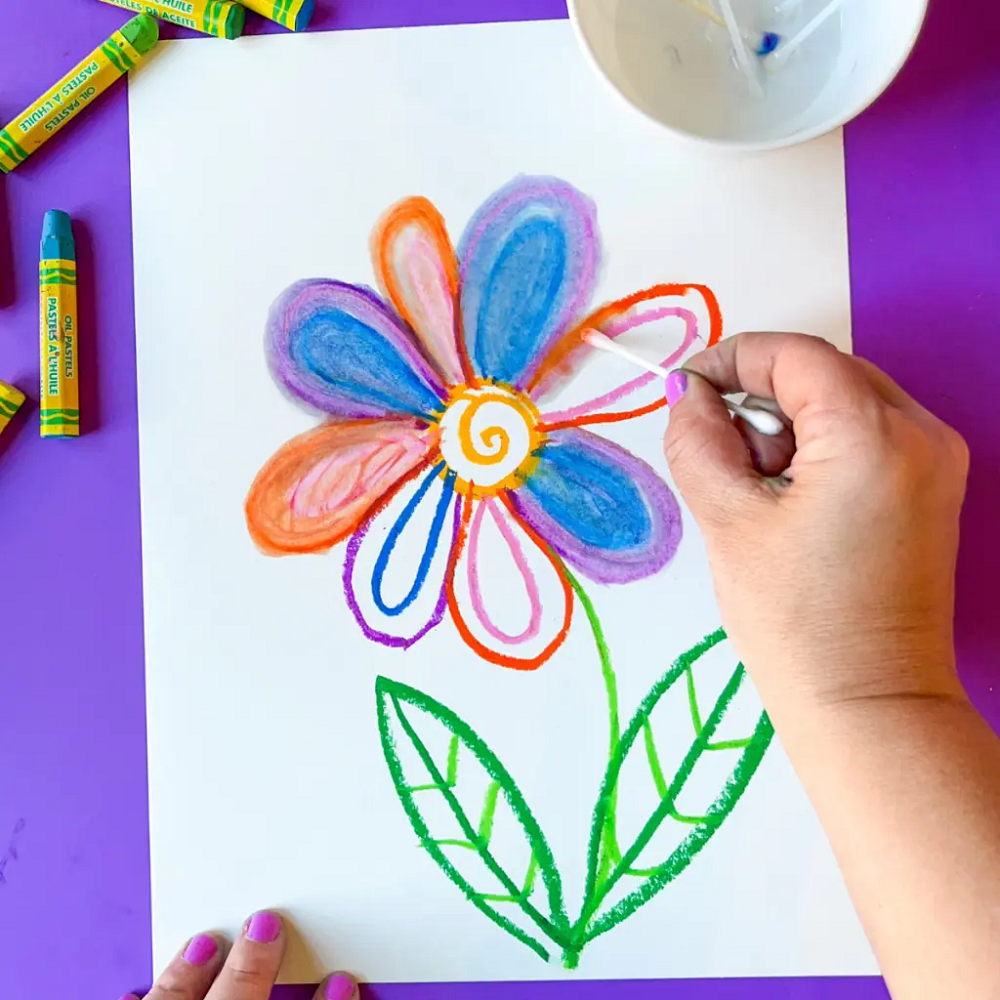Easy pastel drawinga are a versatile and accessible art form that allows artists to create vibrant, expressive pieces with ease. Whether you’re a beginner or looking to expand your artistic repertoire, pastels offer a range of creative possibilities. This article guides you through the essentials of easy pastel drawings, including the types of pastels, choosing the right materials, basic techniques, common mistakes, inspirational ideas, project suggestions, and tips for improving your skills.
Understanding Different Types of Pastels
Soft Pastels
Soft pastels are the most popular type of pastels due to their rich color and easy blending capabilities. They come in a wide range of vibrant hues and can be used to create both bold and subtle effects. Because they are soft, they tend to crumble easily, allowing artists to achieve smooth transitions and gradients. Soft pastels are excellent for adding expressive strokes and fine detailing to your work. Their versatility makes them a favorite choice for many artists.
Oil Pastels
Oil pastels have a different composition and feel compared to soft pastels. They are made with oil and wax, giving them a creamy texture that glides smoothly over the paper. Unlike soft pastels, oil pastels do not produce dust, making them a cleaner option. They can be layered and blended to create rich, textured effects. Oil pastels are ideal for those who prefer a more controlled application and want to work on detailed projects. Their unique properties offer a distinct approach to pastel drawing.

Choosing the Right Materials
Paper Selection
The type of paper you use can significantly impact the outcome of your pastel drawing. Look for paper with a textured surface, such as pastel paper or sanded paper, to provide better adhesion and grip for the pastels. Textured surfaces hold the pastel particles more effectively, allowing for greater control and depth in your artwork. Experimenting with different paper types helps you understand how each one interacts with the pastels, enhancing your overall drawing experience.
Essential Tools
In addition to pastels and paper, you’ll need a few essential tools to get started. Fixative spray is crucial for preserving your artwork and preventing smudging. Blending tools such as tortillons, blending stumps, and soft brushes help you achieve smooth gradients and transitions. An artboard or drawing easel keeps your work at a comfortable angle, allowing for better posture and control. Having the right tools on hand ensures a smoother and more enjoyable drawing process.
Mastering Basic Techniques
Blending and Layering
Blending and layering are fundamental techniques in pastel drawing. To blend colors, use your fingers, a cloth, or blending tools to smooth out the transitions between different hues. Lightly press and move the pastels across the paper to combine colors seamlessly. For layering, start with lighter shades and gradually build up to darker tones, adding depth and dimension to your artwork. Practicing these techniques helps you create realistic textures and intricate details in your drawings.
Creating Textures
Textures play a crucial role in pastel drawing, adding realism and interest to your artwork. Experiment with different techniques to create various textures. For instance, use quick, short strokes to depict fur or foliage, and circular motions to represent clouds or water. Scratching through layers with a palette knife or using textured paper can also add unique effects. Understanding how to manipulate textures allows you to bring your subjects to life and adds visual richness to your drawings.
Avoiding Common Mistakes
Overworking the Surface
One common mistake in pastel drawing is overworking the surface, which can cause the paper to lose its texture and the colors to become muddy. To avoid this, apply pastels gently and build layers gradually. Take breaks and step back from your work to evaluate it from a distance. Overworking diminishes the vibrancy of your colors and can lead to frustration. Being mindful of your application and pacing yourself helps maintain the integrity of your artwork.
Ignoring Fixatives
Neglecting to use fixative can result in your pastel drawing smudging and losing its vibrancy. Always apply a light layer of fixative spray once you’ve completed your piece. Hold the spray can at a distance and apply it in even, sweeping motions to ensure even coverage. Using fixatives secures the pastel particles in place, preserving your work for the long term. Regularly applying fixative during and after drawing protects your art from accidental smudges and damage.

Finding Inspirational Ideas
Nature and Landscapes
Nature and landscapes offer endless inspiration for pastel drawings. The vibrant colors and intricate textures found in flowers, trees, mountains, and skies are perfect for showcasing the capabilities of pastels. Take a walk in a park or visit a botanical garden to gather reference material. Capturing the beauty and diversity of natural elements helps you practice blending and layering techniques effectively. Drawing from nature enhances your observational skills and brings a sense of tranquility to your work.
Everyday Objects
Everyday objects can also serve as excellent subjects for pastel drawings. Items like fruits, vases, books, and household items provide opportunities to practice textures, shadows, and lighting. Set up a simple still life arrangement on your table and experiment with different compositions and viewpoints. Drawing familiar objects helps you develop precision and attention to detail, making your art more relatable and grounded.
Starting with Simple Projects
Fruit Bowls and Flowers
Starting with simple projects like fruit bowls and flowers helps build your confidence and skills. These subjects are relatively easy to sketch and offer a variety of shapes, colors, and textures to explore. Draw a bowl of apples, bananas, and grapes, focusing on their forms and shadows. Alternatively, depict a bouquet of flowers, paying attention to the petals and leaves. Completing small projects like these provides a sense of accomplishment and sets a strong foundation for more complex pieces.
Landscapes and Seascapes
Landscapes and seascapes are slightly more advanced but offer a rewarding challenge. Choose a reference photo of a serene lake, a snowy mountain, or a sunny beach. Start by outlining the major elements, then gradually add in details like trees, waves, and reflections. Experiment with different techniques to capture the light and atmosphere of the scene. Working on landscapes and seascapes encourages you to think about composition and perspective, enhancing your overall artistic abilities.

Tips for Improving Your Skills
Practice Regularly
Consistent practice is key to improving your easy pastel drawings skills. Set aside time each week to work on your art, experimenting with different techniques and subjects. Keep a sketchbook to track your progress and revisit previous works to see how you’ve improved. Regular practice helps you develop muscle memory and a deeper understanding of how to manipulate pastels effectively. Building a routine ensures steady progress and refinement of your drawing abilities.
Learn from Others
Learning from other artists can provide valuable insights and inspiration. Join online art communities, attend workshops, and watch tutorial videos to learn new techniques and gather feedback. Engaging with fellow artists allows you to share experiences and gain different perspectives. Studying the work of others helps you discover new approaches and styles, broadening your artistic horizons and enriching your own practice.
Unleash Your Creativity with Pastels
Pastel drawing is a rewarding and accessible art form that offers endless creative possibilities. By understanding the different types of pastels, choosing the right materials, mastering basic techniques, and avoiding common mistakes, you can confidently create beautiful artwork. Finding inspiration and starting with simple projects helps build your skills, while regular practice and learning from others keep you motivated and growing as an artist.
In summary, easy pastel drawings are a fantastic way to express your creativity and develop your artistic abilities. Whether you’re capturing the beauty of nature or the charm of everyday objects, pastels offer a versatile medium to bring your vision to life. Embrace the journey, enjoy the process, and let your imagination guide you as you explore the vibrant world of pastel art.